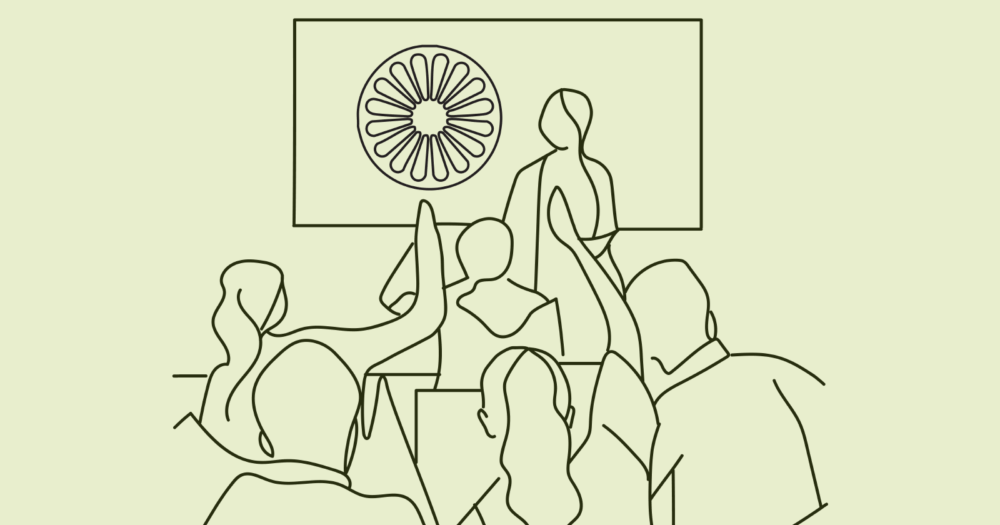To say the existing national curriculum is not working for every child is an understatement. For those living in acute poverty, facing disadvantage or navigating special educational needs, reform cannot come soon enough. But the problem runs deeper still.
The curriculum also affects how children from minority backgrounds see themselves in what they are taught – or whether they see themselves at all. In turn, this affects how every student comes to understand and relate to the communities around them.
The costs of silence
Roma communities are a prime example. They represent one of Europe’s largest and oldest minorities and have a long and vibrant presence in Britain to this day.
Yet in our schools, Roma children remain among the most underachieving. In fact, the Education Inequalities Facing Gypsies, Roma and Travellers in England report concluded that these groups have the lowest attainment of any ethnic group across all key stages.
The reasons are complex, but persistent misrepresentation in and outright omission from public life and the curriculum play a significant part.
When young people never encounter the stories of their own communities, or only see them in negative terms, this has a profound effect on their engagement and their sense of belonging in the classroom.
More than that, silence creates space for harm. When history leaves certain communities out, it becomes easier for misinformation and prejudice to fill the gap.
The lack of understanding about Roma history and people, both past and present, allows damaging myths and conspiracy theories to flourish.
In this context, representation is not just a matter of fairness; it is key to challenging discrimination and to building a more informed and cohesive society.
A missing chapter
This absence is particularly stark in teaching and learning about the Holocaust. While in England the Holocaust is a mandatory component of the national curriculum, the genocide of the Roma is not explicitly referenced.
The result is a silence that extends beyond the classroom. A recent survey by Friends, Families and Travellers found that 55 per cent of British adults were unaware that over 500,000 Roma and Sinti people were killed by the Nazis and their collaborators during the Second World War.
This gap in knowledge is a historical oversight that allows misinformation and discrimination to persist to this day.
Teachers want to do better. In my experience, they are eager to include the genocide of the Roma in their programmes of learning. But they are held back, not by reluctance but by curriculum constraints, time pressures and a lack of visibility of Roma voices in mainstream materials.
The increasing collapse of Key Stage 3 history to make space for exam preparation only makes things worse.
The bedrock of relevance
We must recognise that teaching inclusive history is not about ticking boxes or offering token representation. It is about actively dismantling prejudice by building understanding. This requires centring the experiences and voices of affected communities.
This means making space for the testimony of Roma people themselves (past and present) in our classrooms. Their stories, told in their own words, challenge stereotypes and foster empathy.
It also means acknowledging how anti-Roma discrimination paved the way for genocide and has endured from Nazi ideology to today.
The curriculum review team has recognised that students disengage when they do not see themselves reflected in what they learn. But the answer cannot be cosmetic tweaks or optional resources.
If the aim is to make history more relevant to today’s learners, then inclusion is not a bolt-on, but rather the very foundation of relevance.
Whether addressing the genocide of the Roma, the legacy of empire or the roots of antisemitism, a truly inclusive history curriculum does not shy away from difficult truths; it embraces them, because telling the full story empowers young people to understand where we have come from and envision the kind of society they want to build in the future.
For practical advice on teaching about the genocide of the Roma, see the Recommendations published by the International Holocaust Remembrance Alliance











Your thoughts